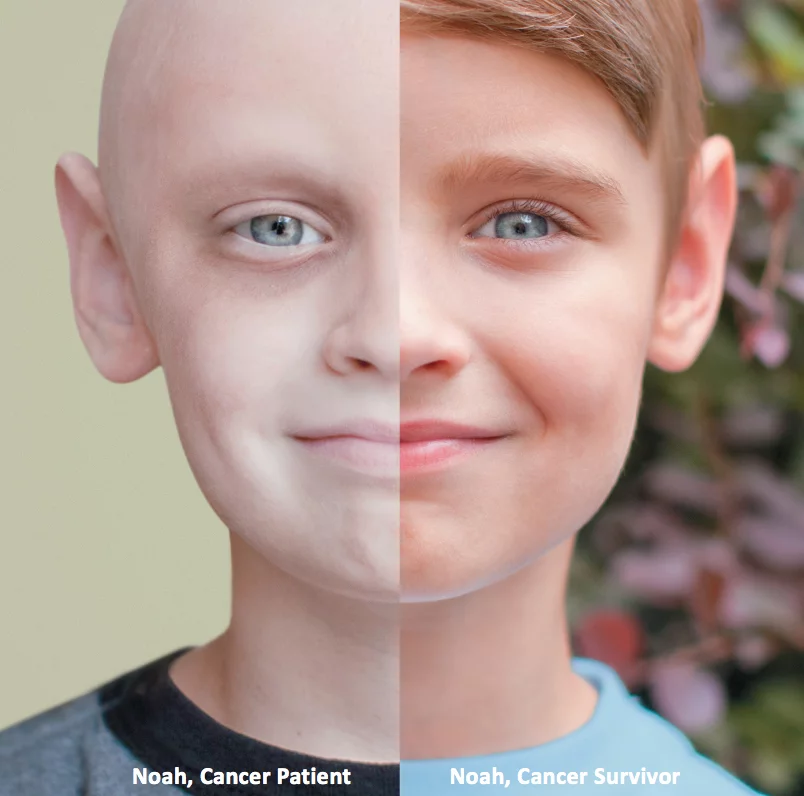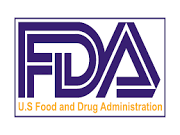
Diagnosed with Cancer? Your two greatest challenges are understanding cancer and understanding possible side effects from chemo and radiation. Knowledge is Power!
Learn about conventional, complementary, and integrative therapies.
Dealing with treatment side effects? Learn about evidence-based therapies to alleviate your symptoms.
Click the orange button to the right to learn more.
- You are here:
- Home »
- Blog »
- side effects ID and prevention »
- AYA Late Effects- Painful, Expensive-
AYA Late Effects- Painful, Expensive-

“A substantial proportion of adult survivors of (AYA cancer survivors) experienced financial hardship. Vulnerable sociodemographic status and late effects were associated with hardship.”
The conundrum facing all long-term survivors of Adolescent, Young Adult (AYA) Cancers is undergoing potentially life-saving high-dose, aggressive chemotherapy and radiation and then living with the short, long-term and late stage side effects caused by the high-dose, aggressive chemotherapy and radiation.
I understand what it’s like living with all of those side effects. I was diagnosed with multiple myeloma in 1994 at the age of 34. I’ve been living with long-term and late stage side effects since the end of my active FDA approved “safe and effective” therapies.
At 34, I was technically a newly diagnosed AYA cancer patient…but I was pretty old for that category. My point is cancer survivors who are living with and paying for long-term side effects for decades.
The two studies linked and excerpted below document life for pediatric and AYA survivors. The survivors live with long-term and late stage side effects as their lives progress. And they are compelled to test for additional long-term side effects known to occur in the long-term cancer survivors who have undergone high-dose chemotherapy and radiation.
And insult to injury, all of the testing costs these survivors thousands of dollars every year.
The solution, in my experience anyway, is evidence-based but non-toxic therapies to manage
- nerve/bone/muscle damage,
- premature aging,
- risk of secondary cancers,
- etc. etc.
While I can not claim that anything I do is a silver bullet cure for these long-term side effects, research and my experience shows that nutrition, supplementation and lifestyle therapies can reduce the risks of living the life of a long-term cancer survivor.
The single greatest aspect of managing my myriad long-term side effects that that many of my evidence-based but non-toxic therapies for my physical health also benefit my mental health. Yes, Curcumin, exercise, sauna, eating cleanly, etc. all reduce the risk of depression and anxiety according to research.
Are you a survivor of pediatric or AYA cancer? If you would like to learn more about evidence-based non-toxic therapies either click the PBC Side Effects Program link below of email me a question or comment. I will reply to you ASAP.
Hang in there,
David Emerson
- Cancer Survivor
- Cancer Coach
- Director PeopleBeatingCancer
Recommended Reading-
The PeopleBeatingCancer Side Effects Program-
Childhood cancer survivors face ‘financial toxicity’
“Kristi Lowery was 13 when physicians found a grapefruit-size tumor in her back — a rare cancer called Ewing sarcoma — and treated her with an aggressive regimen of radiation and chemotherapy. Years later, she developed breast and thyroid cancer, as well as heart and lung problems, probably as a result of the radiation.
Today, Lowery undergoes a daunting number of regular cancer screenings to detect additional “late effects” — secondary cancers and other health problems caused by the powerful but toxic earlier treatment.
“I see an oncologist every three months, a breast surgeon every six months, and a cardiologist, gastroenterologist, dermatologist and pulmonologist every year,” said Lowery, 46, who runs a nonprofit organization in El Dorado, Ark., for children with disabilities.
Even with insurance, she said, she pays about $12,000 a year out of pocket for medical care and prescription drugs. “It’s a huge financial burden,” she said. “I definitely could be putting that money into my retirement plan or not taking out college loans for my son.”
A new study by investigators at St. Jude Children’s Research Hospital suggests that many survivors of childhood cancer are struggling with the economic consequences, also called “financial toxicity.” Like Lowery, who participated in the study, they face an array of expensive follow-up tests. And if they develop complications from earlier treatments, they can have employment disruptions and insurance problems.
The research, published Wednesday in the Journal of the National Cancer Institute, found that financial concerns prompted about one-third of the 2,800 participants to skip or delay needed screenings, recommended medications, or trips to a doctor or hospital. Half said they worry about how to pay for their care.
I-Chan Huang, the lead author of the St. Jude study, said that financial strains are “more widespread among pediatric cancer survivors than among survivors who were diagnosed with cancer as adults.” Some of the patients’ financial problems stemmed from insurance companies’ refusals to pay for needed screening, such as mammograms or tests for radiation-induced heart disease, he said.
Greg Aune, a pediatric oncologist at UT Health San Antonio who was not involved in the study, said its results back up what he sees at his clinic for childhood cancer survivors.
“It’s pretty routine — a patient gets hit with a high co-pay for a screening test and is not happy about it, and then decides not to come for the next one,” said Aune, who as a teenager had Hodgkin’s lymphoma and was treated with intensive radiation and chemotherapy. His therapies were successful but caused serious heart damage and a mild stroke…
The researchers said cancer costs imposed a heavy toll on many patients. According to the survey, some patients lost their homes. And more than 21 percent of white and 22 percent of Asian American patients cut their spending on food after their diagnoses, as did 45 percent of black and 36 percent of Latino patients. Yet of the 945 women who were worried about finances, 73 percent indicated that their doctors and staff did not help them deal with the issue…
She acknowledged that it wasn’t easy for doctors or other health-care providers to discuss financial concerns with their patients…”
Determinants and Consequences of Financial Hardship Among Adult Survivors of Childhood Cancer: A Report From the St. Jude Lifetime Cohort Study
“Background– Financial hardship among survivors of pediatric cancer has been understudied. We investigated determinants and consequences of financial hardship among adult survivors of childhood cancer.
- 22.4%,
- 51.1% ,
- and 33.0%


